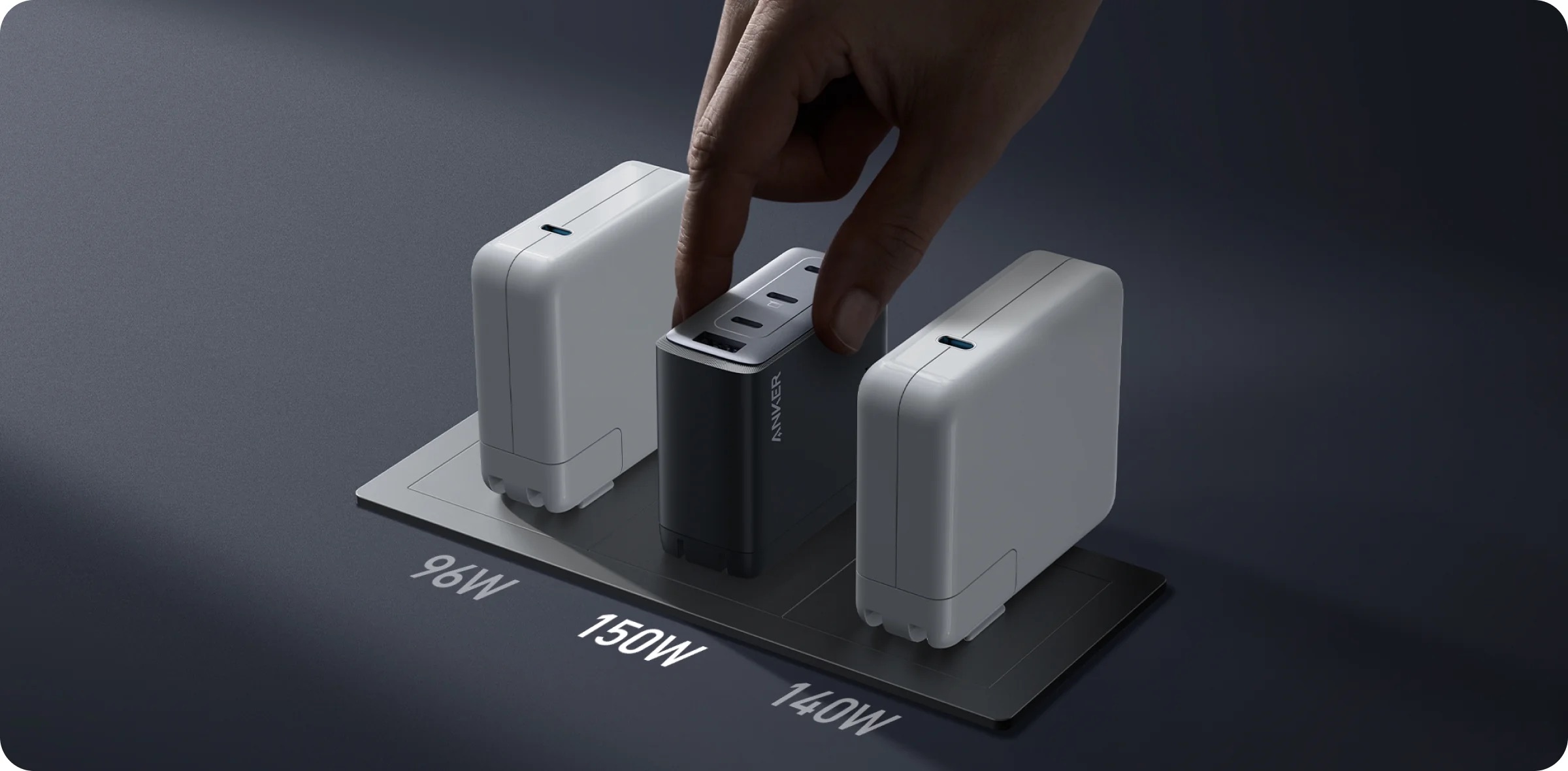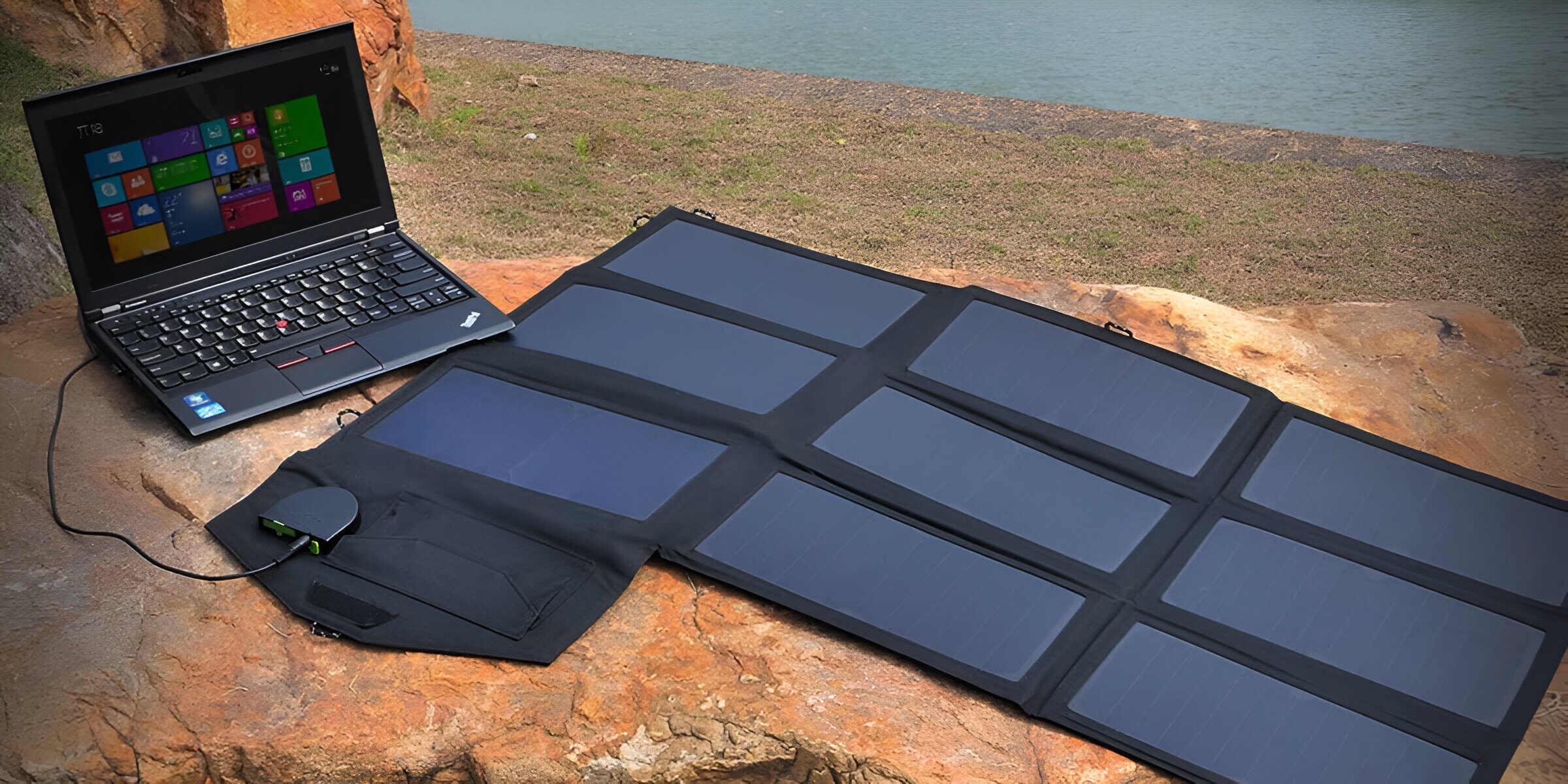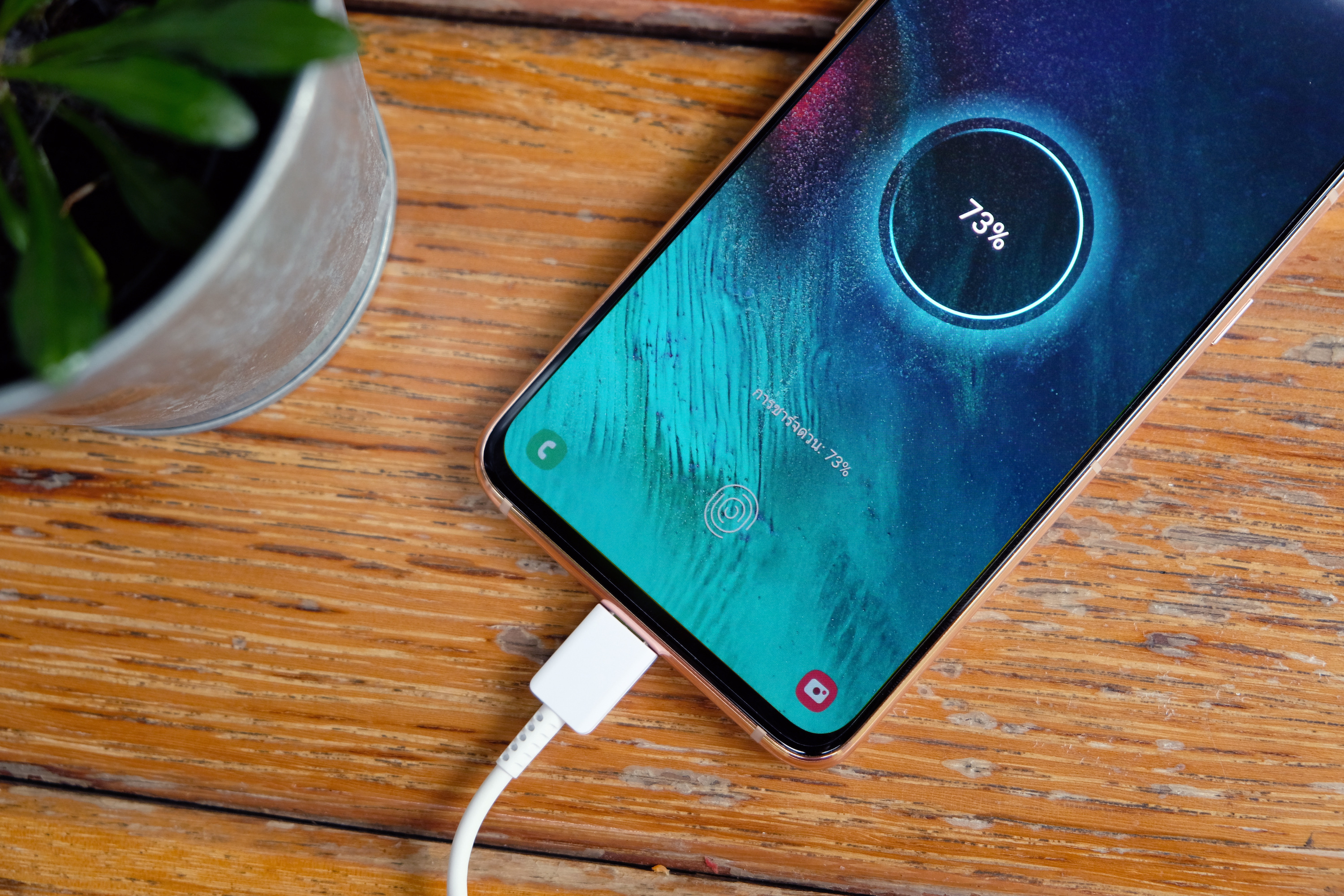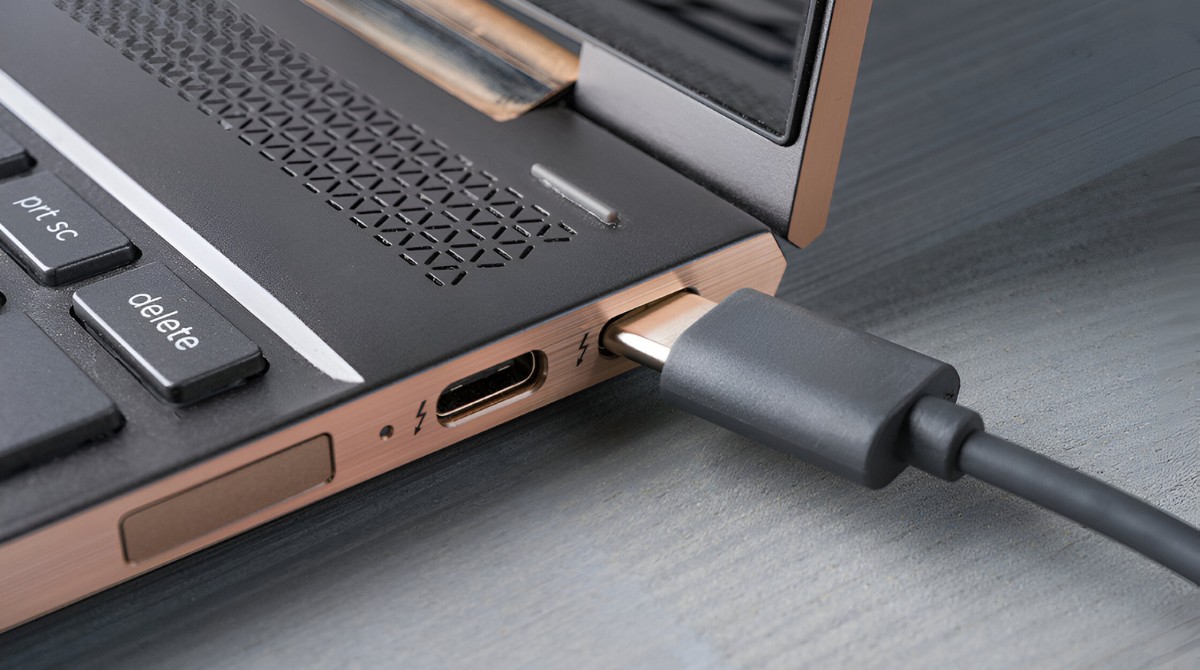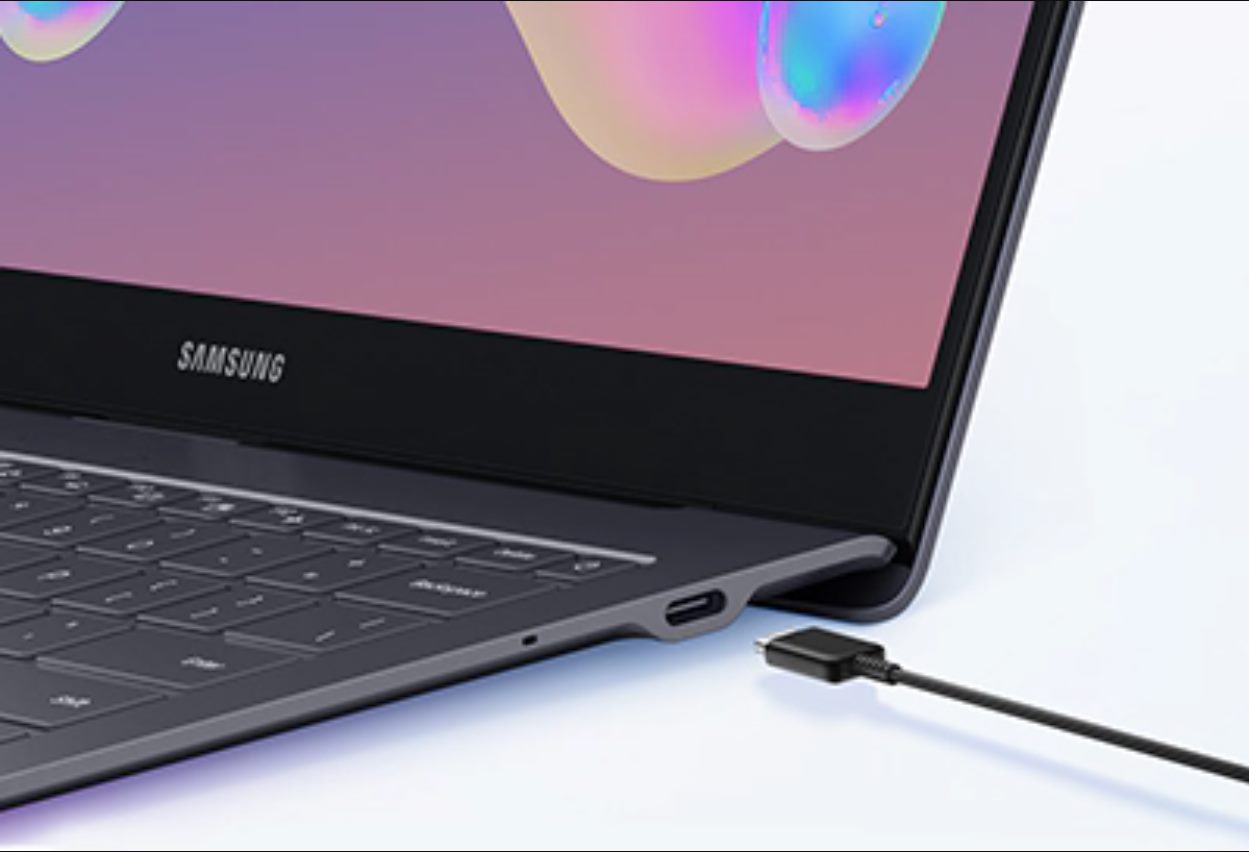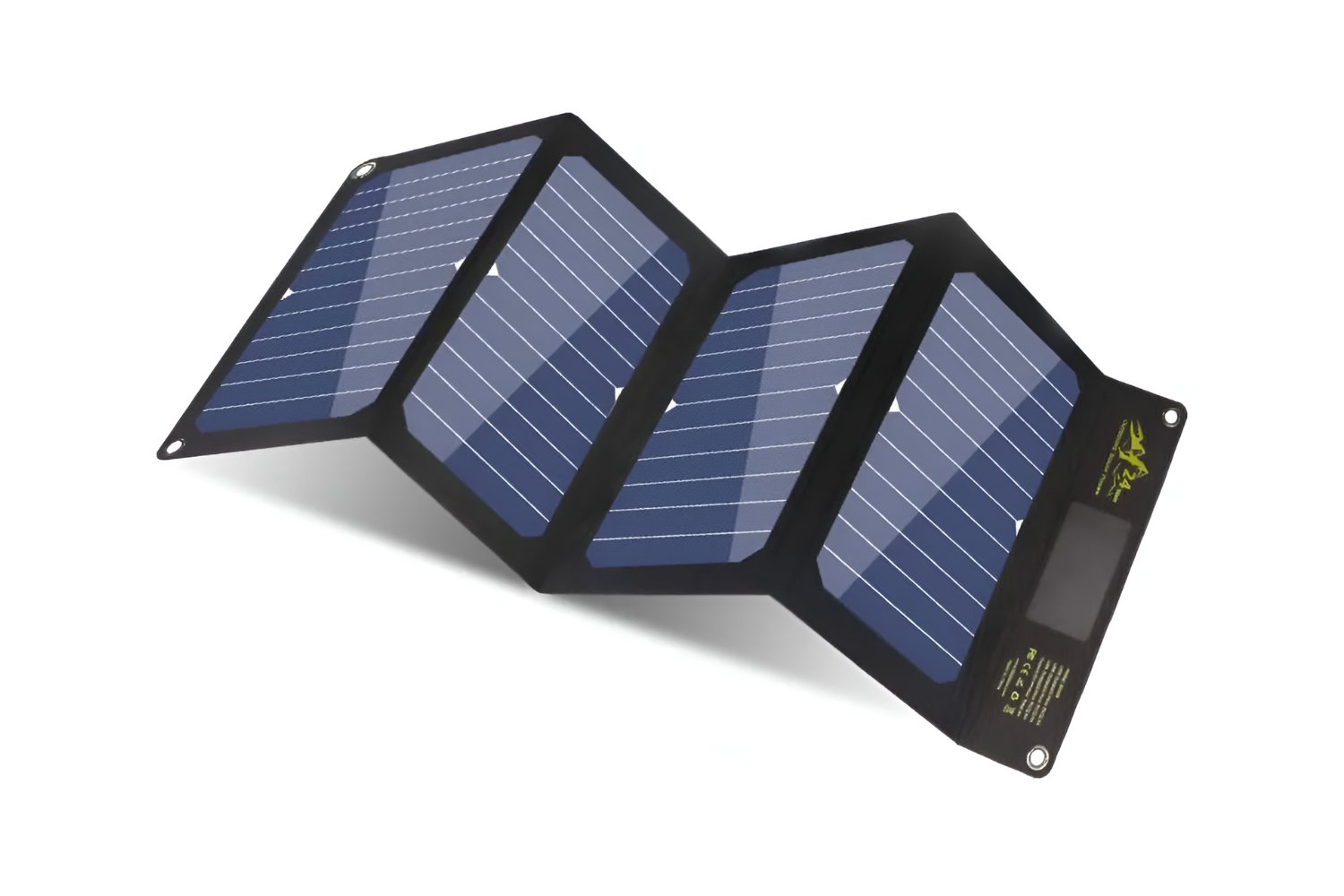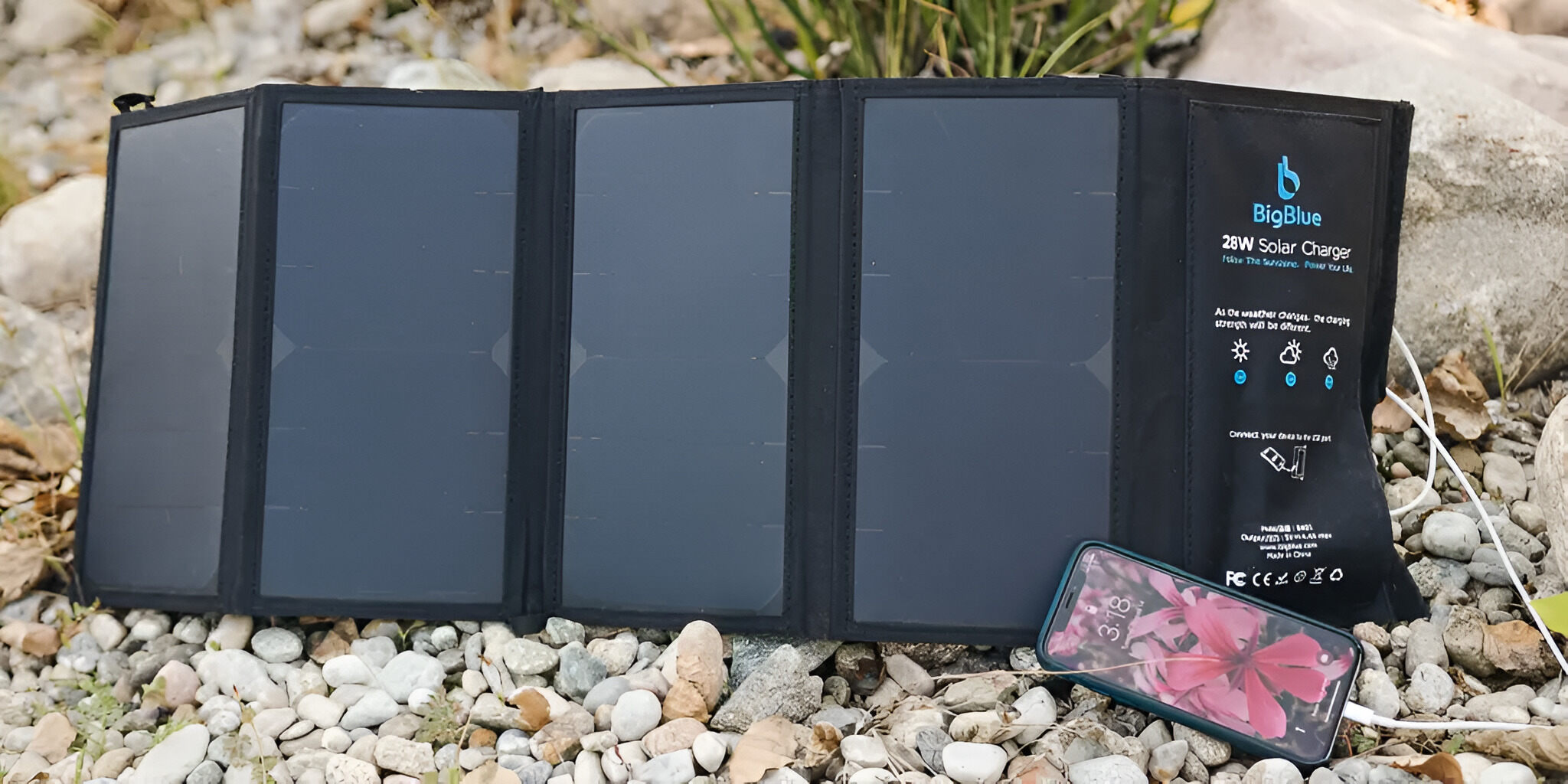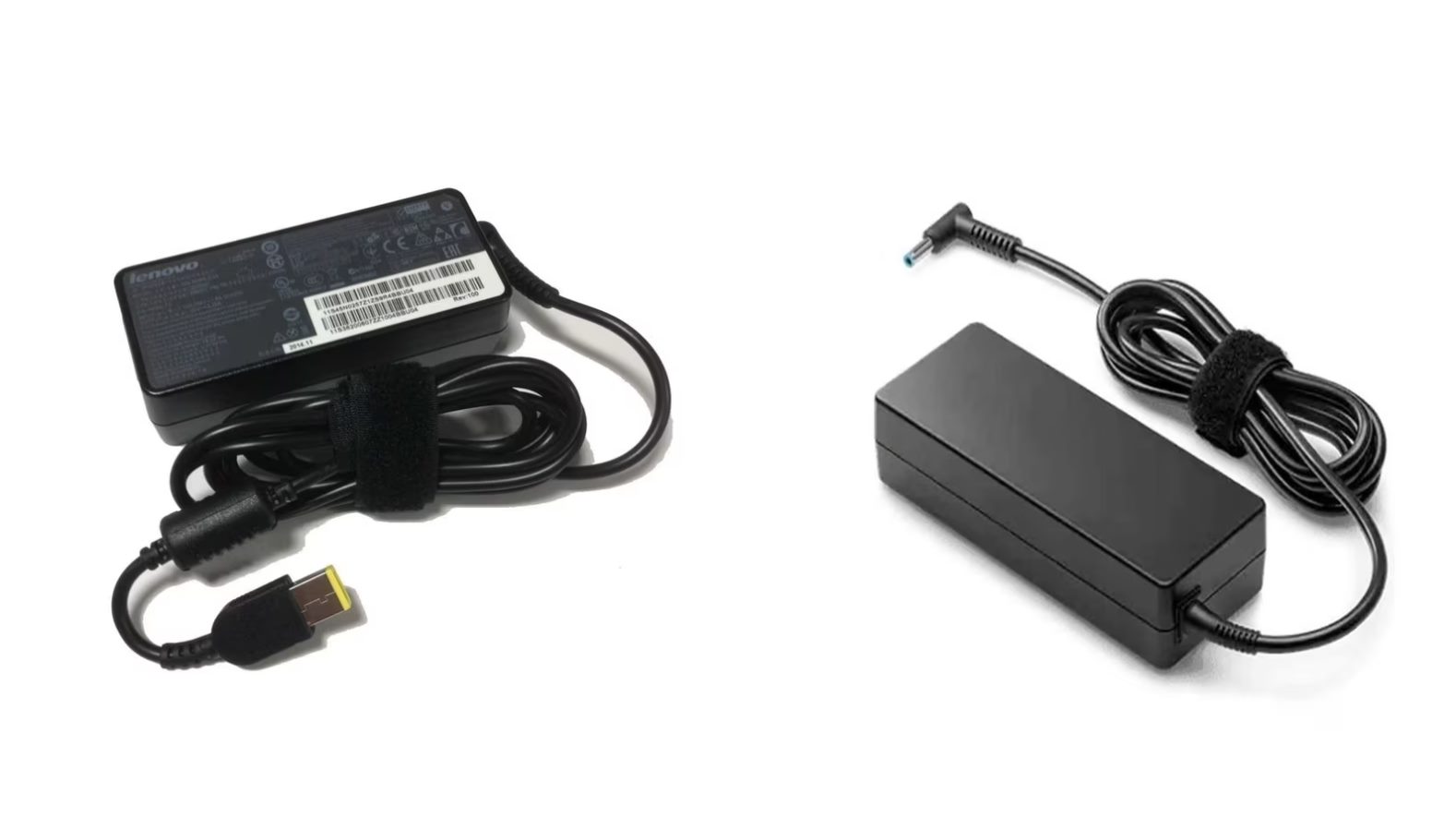Introduction
The world of USB chargers is a fascinating realm, where the wattage of these humble devices holds the key to unlocking the power of our modern gadgets. As we delve into the intricacies of USB charger wattage, we unveil the hidden potential that lies within these compact yet indispensable tools. Understanding the wattage of USB chargers is crucial in optimizing the charging process for various devices, from smartphones and tablets to laptops and other portable electronics.
In this comprehensive exploration, we will unravel the mysteries surrounding USB charger wattage, shedding light on the different types of USB chargers, the significance of wattage in charging speed, and the essential factors to consider when selecting the right USB charger for your needs. By the end of this journey, you will emerge with a profound understanding of how the wattage of USB chargers impacts the charging capabilities of your devices, empowering you to make informed decisions when it comes to powering up your technology. So, let's embark on this illuminating quest to uncover the true potential of USB charger wattage.
Understanding USB Charger Wattage
USB charger wattage refers to the amount of power that a charger can deliver to a device, typically measured in watts. It plays a pivotal role in determining how quickly a device can be charged. Understanding the wattage of a USB charger is essential for ensuring efficient and rapid charging of your devices.
When it comes to USB chargers, it’s important to distinguish between voltage (V), current (A), and wattage (W). Voltage represents the electrical pressure, while current denotes the flow of electricity. Wattage, on the other hand, is the product of voltage and current, indicating the overall power output of the charger. In the context of USB chargers, the standard output voltage is 5V, and the current can vary, typically ranging from 0.5A to 3A or higher for fast-charging technologies.
Higher wattage USB chargers can deliver more power to a device, resulting in faster charging times. For instance, a 5V/1A charger has a power output of 5 watts, while a 5V/2A charger delivers 10 watts. The latter, with its higher wattage, can charge devices more quickly than the former. It’s worth noting that while a device may be compatible with a higher wattage charger, it will only draw the amount of power it requires, so there’s no risk of overcharging.
Furthermore, the wattage of a USB charger is also influenced by the type of charging technology it supports. For example, USB Power Delivery (PD) chargers can deliver significantly higher wattage, enabling fast charging for a wide range of devices, including smartphones, tablets, and even laptops. This makes them versatile and efficient for powering up various electronics.
As we delve deeper into the realm of USB charger wattage, it becomes evident that comprehending the power output of these devices is crucial for optimizing the charging experience. The next section will explore the different types of USB chargers, shedding light on their unique characteristics and applications.
Types of USB Chargers
USB chargers come in various types, each designed to cater to specific charging needs and device compatibility. Understanding the distinctions between these charger types is essential for selecting the most suitable option for your devices.
1. Standard USB Chargers: These chargers, often referred to as “legacy” chargers, are commonly found with an output of 5V/1A. While they are capable of charging most smartphones and smaller devices, they may not be optimized for fast-charging capabilities.
2. Fast Chargers: Fast chargers are designed to deliver higher power outputs, typically ranging from 5V/2A to 5V/3A or higher. They are equipped with advanced charging technologies, such as Quick Charge and USB Power Delivery (PD), enabling faster charging for compatible devices. These chargers are ideal for powering up smartphones, tablets, and other electronics that support fast-charging protocols.
3. Multi-Port Chargers: Multi-port chargers feature multiple USB ports, allowing simultaneous charging of multiple devices. These chargers are convenient for households, offices, and travel, where the need to charge multiple devices simultaneously is common. They often come in various configurations, such as dual-port, quad-port, and even higher capacities.
4. Wireless Chargers: While not directly connected via USB cables, wireless chargers use induction to transfer power to compatible devices. They are becoming increasingly popular for charging smartphones and other devices that support wireless charging technology. These chargers provide a convenient and cable-free charging experience.
5. USB-C Chargers: USB-C chargers, equipped with the versatile USB Type-C connector, offer higher wattage outputs and enhanced compatibility with a wide range of devices, including laptops, tablets, and smartphones. They leverage the USB Power Delivery (PD) standard to deliver rapid charging for various electronics, making them a versatile and future-proof charging solution.
Understanding the unique characteristics and applications of each type of USB charger is instrumental in making informed decisions when it comes to powering up your devices. The next section will delve into the essential factors to consider when choosing the right USB charger for your specific needs, providing valuable insights for optimizing your charging experience.
How to Choose the Right USB Charger
When selecting a USB charger, several factors should be taken into consideration to ensure optimal compatibility and efficient charging for your devices. By understanding these essential considerations, you can make informed choices that align with your specific charging requirements.
1. Device Compatibility: It’s crucial to choose a USB charger that is compatible with your devices. Some devices may require specific charging protocols, such as Quick Charge or USB Power Delivery (PD), to enable fast-charging capabilities. Additionally, ensuring compatibility with the connector type, whether it’s USB Type-A, USB Type-C, or proprietary connectors, is essential for seamless charging.
2. Power Output: Assess the power output of the USB charger to determine its charging capabilities. Higher wattage chargers are suitable for fast-charging compatible devices and can significantly reduce charging times. Consider the power requirements of your devices and choose a charger that aligns with their charging specifications.
3. Portability and Versatility: For on-the-go charging, portability is a key consideration. Compact and lightweight chargers are ideal for travel and daily use. Additionally, opting for versatile chargers that support multiple devices and charging protocols can enhance the utility of the charger, catering to a diverse range of electronics.
4. Safety Features: Look for chargers equipped with safety features such as over-current protection, over-voltage protection, and short-circuit protection. These safeguards ensure the safety of your devices during the charging process, mitigating the risk of potential electrical hazards.
5. Brand Reputation and Certification: Choosing chargers from reputable brands and those that are certified by regulatory bodies ensures quality and adherence to safety standards. Certified chargers undergo rigorous testing to meet industry requirements, providing peace of mind regarding their reliability and performance.
6. Future-Proofing: Consider investing in chargers that offer future-proofing capabilities, such as support for emerging fast-charging standards and compatibility with upcoming devices. USB Power Delivery (PD) chargers, for example, offer versatile and high-wattage charging, making them suitable for a wide range of current and future devices.
By carefully evaluating these factors, you can select the right USB charger that aligns with your specific needs, whether it’s rapid charging for smartphones, versatile charging for multiple devices, or future-ready capabilities for upcoming electronics. The next section will delve into the impact of wattage on charging speed, providing valuable insights into the relationship between power output and charging efficiency.
The Impact of Wattage on Charging Speed
The wattage of a USB charger plays a pivotal role in determining the charging speed of a device. Understanding the relationship between wattage and charging speed is essential for optimizing the charging process and achieving efficient power replenishment for your electronics.
Higher wattage chargers, characterized by increased power output, have the capacity to charge devices at a faster rate compared to lower wattage chargers. This is attributed to the higher flow of electrical power, allowing the device to draw more energy during the charging process. For instance, a 5V/1A charger delivers 5 watts of power, while a 5V/2A charger doubles the power output to 10 watts, resulting in faster charging times.
Fast-charging technologies, such as Quick Charge and USB Power Delivery (PD), leverage higher wattage outputs to facilitate rapid charging for compatible devices. These technologies dynamically adjust the power delivery to optimize charging speed, providing a convenient and efficient charging experience. Devices that support fast-charging protocols can capitalize on the higher wattage capabilities of compatible chargers, significantly reducing the time required for power replenishment.
Furthermore, the impact of wattage on charging speed is particularly pronounced when charging larger devices, such as tablets and laptops, which demand higher power inputs for efficient charging. USB Power Delivery (PD) chargers, with their elevated wattage outputs, are well-suited for powering up these larger devices, offering rapid charging capabilities that align with the power requirements of such electronics.
It’s important to note that while higher wattage chargers can expedite the charging process, they are designed to be compatible with a wide range of devices, and the devices themselves regulate the amount of power they draw. This means that even if a device is connected to a higher wattage charger, it will only draw the power it requires, ensuring safe and efficient charging without the risk of overloading the device.
By recognizing the impact of wattage on charging speed, users can make informed decisions when selecting USB chargers, opting for higher wattage options to achieve faster charging times for compatible devices. The next section will summarize the key insights uncovered in this exploration of USB charger wattage, empowering readers to harness the potential of these essential charging devices.
Conclusion
Embarking on this journey through the realm of USB charger wattage has unveiled the profound impact of power output on the charging capabilities of our electronic devices. From the fundamental understanding of wattage to the diverse types of USB chargers and the critical factors in choosing the right charger, we have delved into the intricacies of powering up our technology.
Understanding USB charger wattage is not merely a matter of technical specifications; it is a gateway to optimizing the charging experience for our smartphones, tablets, laptops, and a myriad of portable electronics. The wattage of a USB charger dictates the speed at which our devices replenish their energy, offering convenience and efficiency in our daily lives.
As we explored the impact of wattage on charging speed, we recognized the pivotal role that higher wattage chargers play in expediting the charging process, particularly for devices that support fast-charging technologies. The dynamic interplay between power output and charging efficiency underscores the significance of selecting the right USB charger to align with the charging requirements of our devices.
In the ever-evolving landscape of technology, the versatility and future-proofing capabilities of USB chargers, such as USB Power Delivery (PD) chargers, offer a glimpse into the potential of high-wattage charging for current and upcoming devices. The safety features, device compatibility, and portability considerations further enrich the spectrum of factors to ponder when choosing the ideal USB charger.
Armed with a comprehensive understanding of USB charger wattage, readers are empowered to make informed decisions, leveraging the insights garnered from this exploration to enhance their charging experiences. Whether it’s embracing the rapid charging capabilities of higher wattage chargers or embracing the convenience of multi-port and wireless chargers, the world of USB chargers offers a myriad of options to cater to diverse charging needs.
In conclusion, the wattage of USB chargers is not merely a technical specification; it is the conduit through which we unlock the potential of our devices, ensuring that they are always powered up and ready to accompany us on our daily adventures.







